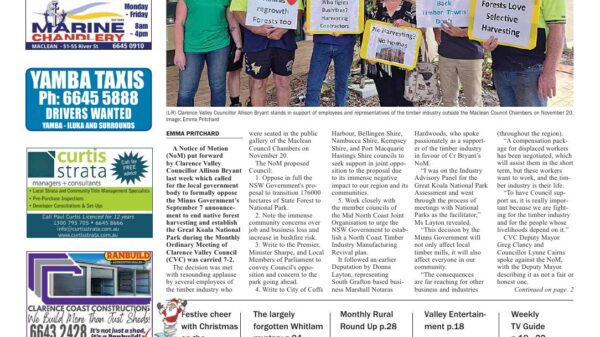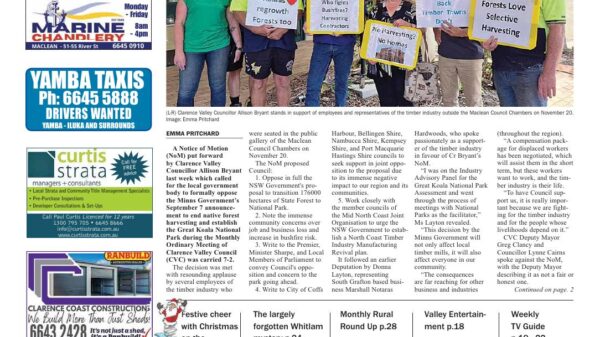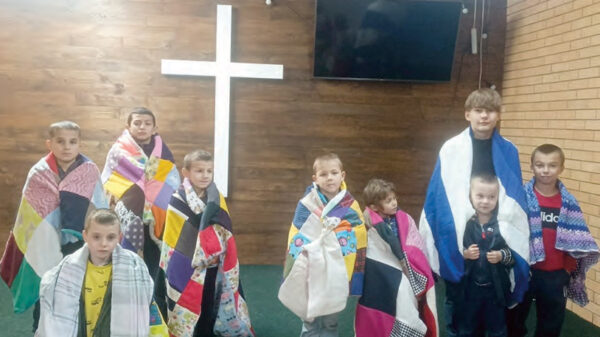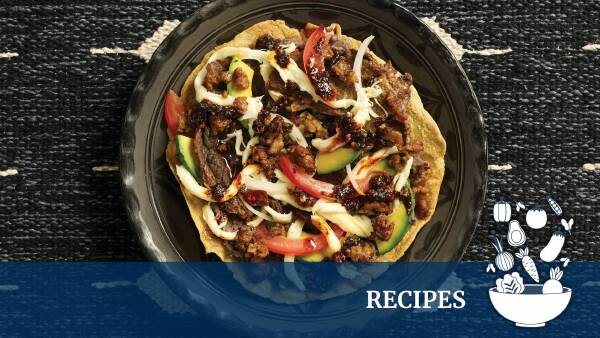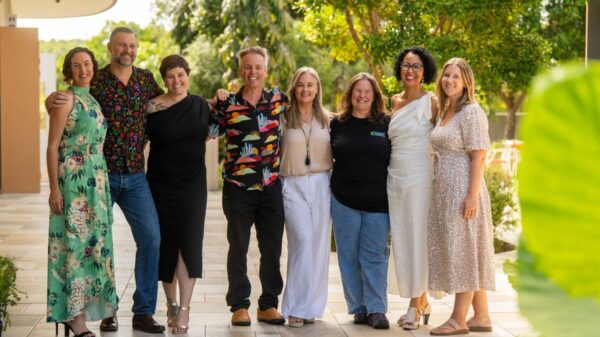Research published in Nature Communications reveals that milk from the Atlantic grey seal is surprisingly complex, rivaling human breast milk. This study, led by Daniel Bojar and his colleagues at the University of Gothenburg, suggests that the long-held belief that human milk is uniquely sophisticated among mammals may need to be reevaluated.
The research focused on milk samples from five wild Atlantic grey seals during their approximately 17-day nursing period. The scientists discovered a total of 332 different sugar molecules in the seal milk, successfully characterizing 240 of these. Notably, around two-thirds—approximately 166—had never been documented before. Some of these sugars reached sizes of up to 28 sugar units, surpassing the largest known sugars found in human milk by up to 10 units.
A significant aspect of the study is how the sugar composition in seal milk changes over the lactation period. This adaptability mirrors the changes seen in human breast milk, illustrating how both species tailor their milk to meet the evolving needs of their infants.
The newly identified sugars in seal milk also exhibit antimicrobial and immunomodulatory properties, presenting potential applications in biomedical sciences. This finding opens new avenues for research into bioactive compounds that could benefit infant nutrition, infection control, and immune support.
The implications of this research extend beyond mere comparison. It challenges existing notions of mammalian milk evolution, suggesting that the complexities of milk may be more widespread among species than previously thought.
While prior studies have mostly focused on human milk and its beneficial components, this research highlights significant gaps in our understanding of milk sugar diversity across other mammals. The study underscores the importance of expanding research efforts to include a broader range of species to fully grasp the role of milk in infant health and development.
The funding for this study came from multiple sources, including the Branco Weiss Fellowship and the Swiss National Science Foundation. Sample collection was supported by the Natural Environmental Research Council in the United Kingdom.
As research on milk sugars continues to evolve, this groundbreaking study could reshape how we view the nutritional landscape of mammalian milk, emphasizing the need for further exploration into the complexities and potential benefits found in non-human milks.




